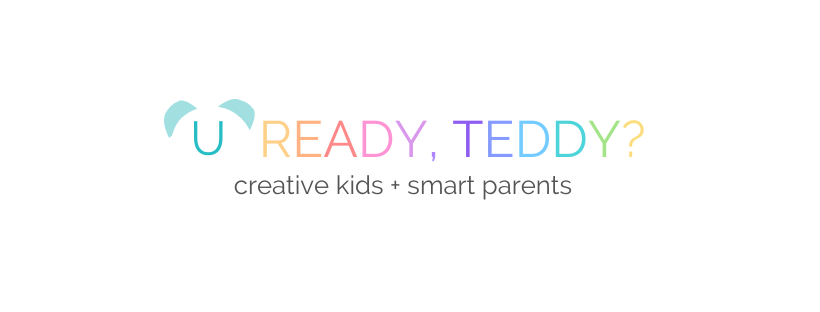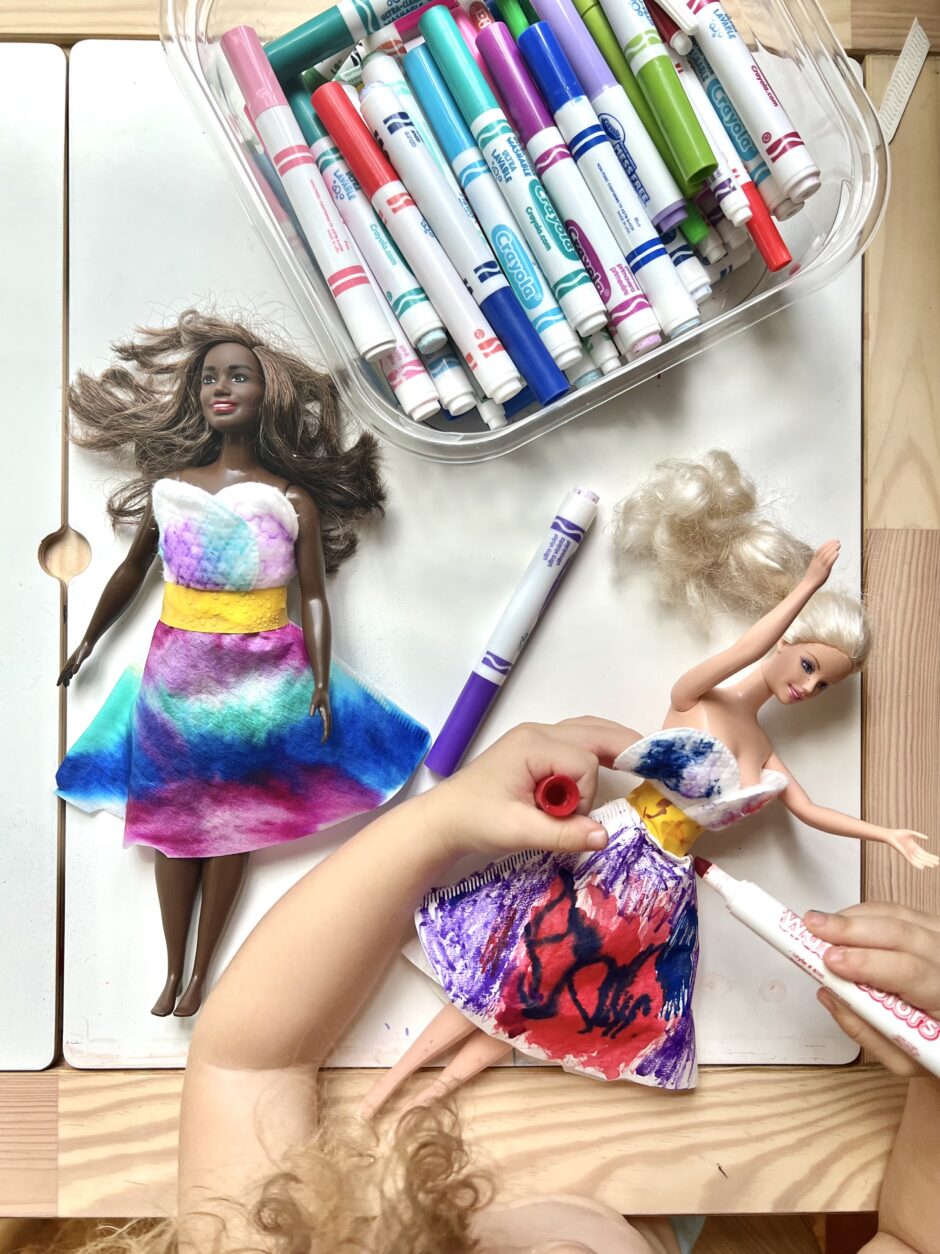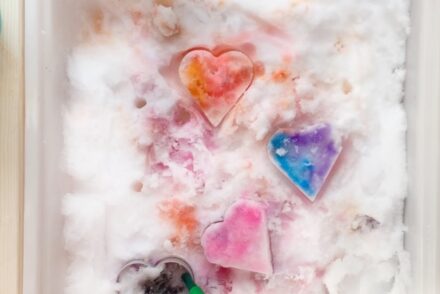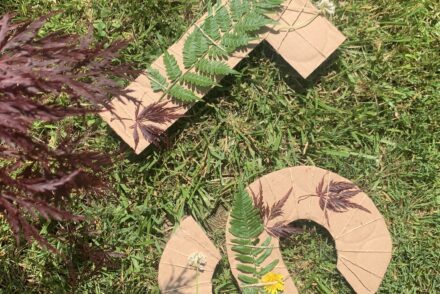When you think back to your own art education as a child, what do you remember?
Are the memories positive? Do you remember feeling like you were "good at art?" Did you feel the freedom to express yourself and be creative? Do you remember feeling joy and the excitement of experimenting and making new discoveries?
Or are your memories more negative? Did you feel pressure to have your art look a certain way? Did you feel like classmates were "better" than you at art? Do you remember a teacher telling you that you were doing something "wrong."
Like many millennial parents and the generations before, my art education was discipline-based. The teacher would show us an example and we would go step-by-step to recreate the example (to varying degrees of success). If you consider yourself a "good artist" you probably liked art class but what if no matter how much you tried you couldn't get your drawing to look like your teacher's example? How would this affect your confidence related to your own artmaking?
Over the last few years, many preschools and early elementary art programs are now including more open-ended and choice-based artmaking into their curriculum. This type of art, otherwise known as Process Art, helps expose children to different art materials and tools while helping them develop confidence and positivity related to art and creativity.
Learn everything you ever wanted to know about Process Art and more.
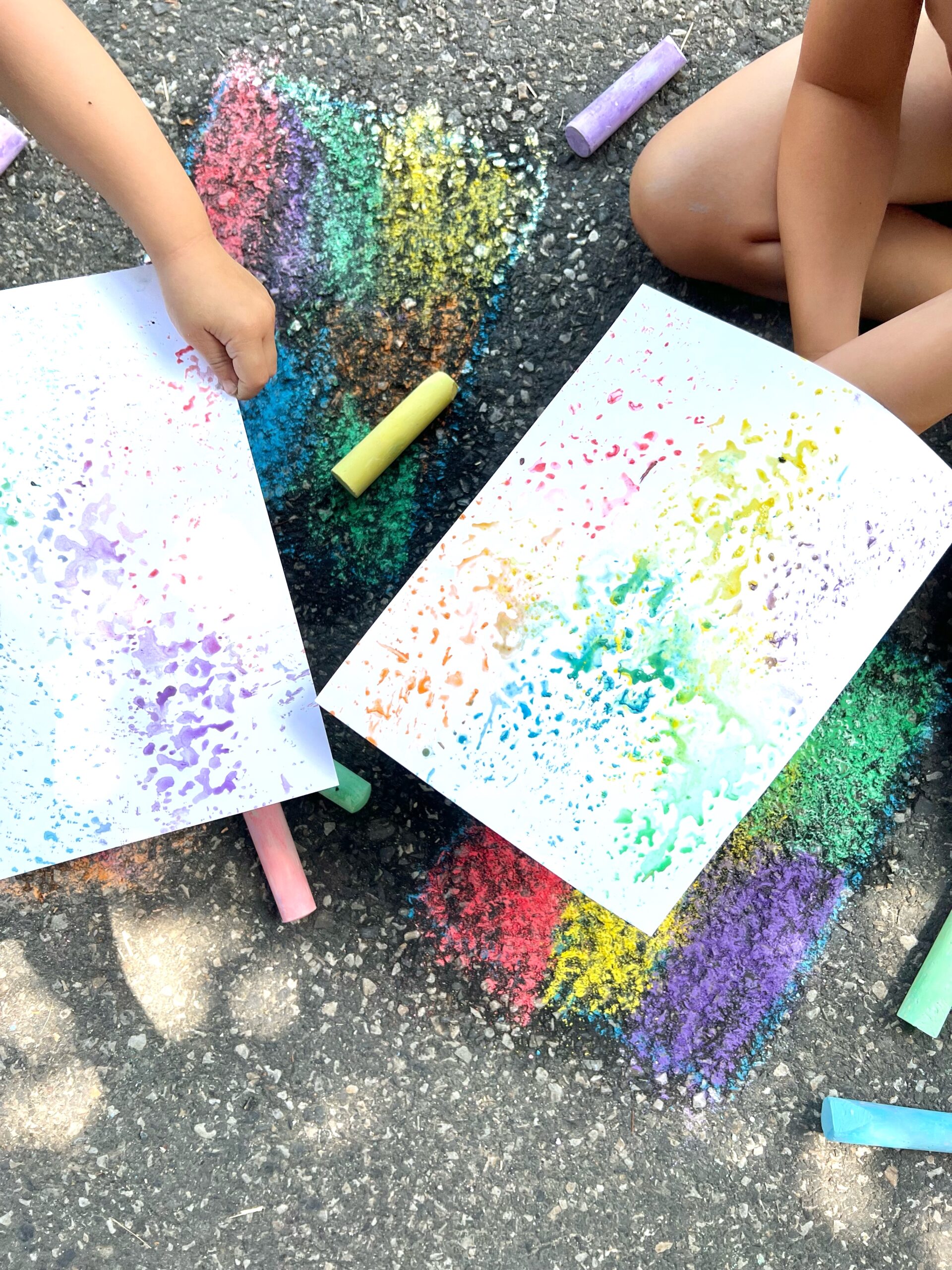
TABLE OF CONTENTS
WHAT IS THE DEFINITION OF PROCESS ART?
WHAT IS THE DIFFERENCE BETWEEN PROCESS ART + PRODUCT ART?
WHERE DID THE CONCEPT OF PROCESS ART ORIGINATE?
WHAT ARE THE BENEFITS OF PROCESS ART FOR KIDS?
WHAT ARE THE BENEFITS OF PROCESS ART FOR PARENTS?
WHAT IS THE IDEAL AGE FOR MAKING PROCESS ART?
CAN BABIES MAKE PROCESS ART TOO?
CAN OLDER CHILDREN BENEFIT FROM PROCESS ART?
WHAT ARE SOME EXAMPLES OF PROCESS ART?
WHAT MATERIALS DO WE NEED FOR PROCESS ART?
WHAT IS THE DEFINITION OF PROCESS ART?
Process Art is artmaking that focuses more on the experience and creation than on the final product.
WHAT ARE THE DIFFERENCES BETWEEN PROCESS ART + PRODUCT ART?
Process Art is Art that focuses more on the experience and creation than on the final product. Process Art is child-led, open-ended, and self-directed. Children are free to experiment with materials, make discoveries and choices, and express themselves. There is no fixed-outcome or right or wrong way to create it. Product art (sometimes called "refrigerator art") is art with a fixed outcome. Children are shown an example of what the final product should look like and are given step-by-step directions on how to achieve it.
WHERE DID THE CONCEPT OF PROCESS ART ORIGINATE?
The term Process Art was first used by artist Robert Morris in 1968. The concept of Process Art for children is rooted in the Reggio Emilia education philosophy which dates back to the 1940s. Loris Malaguzzi the founder of the Reggio Emilia approach believed children were capable of directing their own learning. The teacher or atelierista works as a guide to facilitate open-ended artmaking by offering art materials and encouraging creative critical thinking.
WHAT ARE THE BENEFITS OF PROCESS ART FOR KIDS
- Confidence + self-esteem
- Critical thinking + problem solving
- Flexibility
- Safe space to take risks
- Creativity
- Allows them to explore their own interests
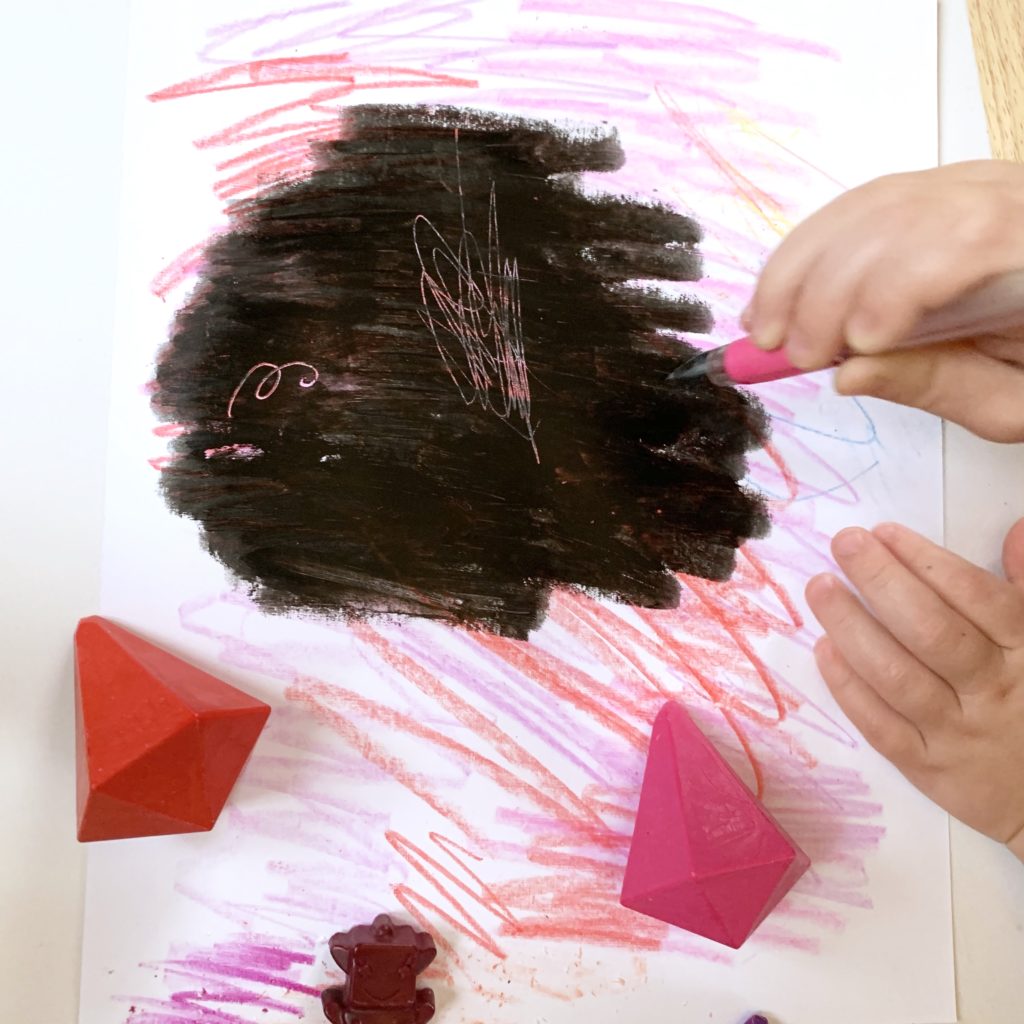
WHAT ARE THE BENEFITS OF PROCESS ART FOR PARENTS
- No need to set-up intricate step-by-step crafts
- Relax, take a step back and observe
- No need to know anything about art. Make discoveries together
WHAT IS THE IDEAL AGE FOR MAKING PROCESS ART?
Process Art can be beneficial for all ages but is primarily recommended for toddler and preschool-age children.
CAN BABIES MAKE PROCESS ART?
Even the youngest of babies can benefit from process art. Finger painting with taste-safe paint is a great way to introduce babies to painting exploration.
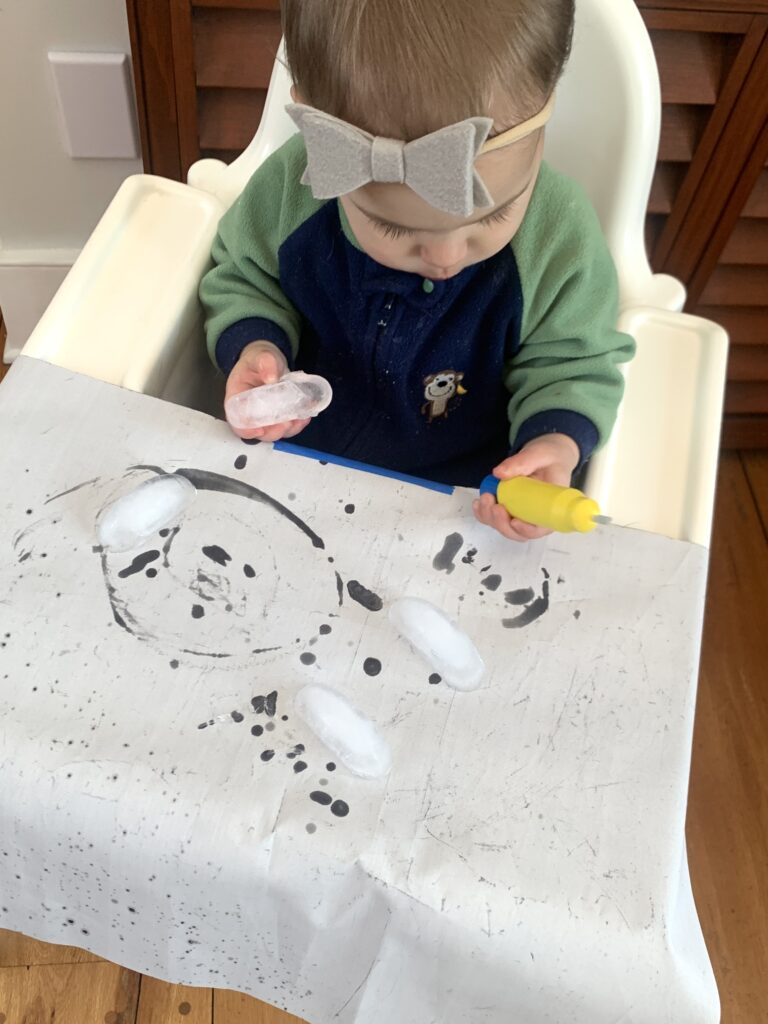
CAN OLDER CHILDREN BENEFIT FROM PROCESS ART?
I think that process art should be a part of any child's art education and should be used in conjunction with traditional discipline-based product art. Older children can enjoy the same benefits as a preschooler but also need to learn about specific techniques and art history.
IS PRODUCT ART BAD?
Product art is not necessarily bad. It has its own benefits and goals. When your ultimate goal is creativity then process art is the way to goal, but sometimes we have other learning objectives.
If the goal is to follow directions, or learn a specific skills or technique or learn about a particular artist's style, product art can definitely be beneficial. Product art can also be easier for assessment.
I do think even product art can and should leave more room for individual choices and creativity for it to best learning experience.
WHAT ARE SOME EXAMPLES OF PROCESS ART?
Some of my favorite process art activities involve experimentation with printmaking and color mixing.
PRINTMAKING WITH SIDEWALK CHALK
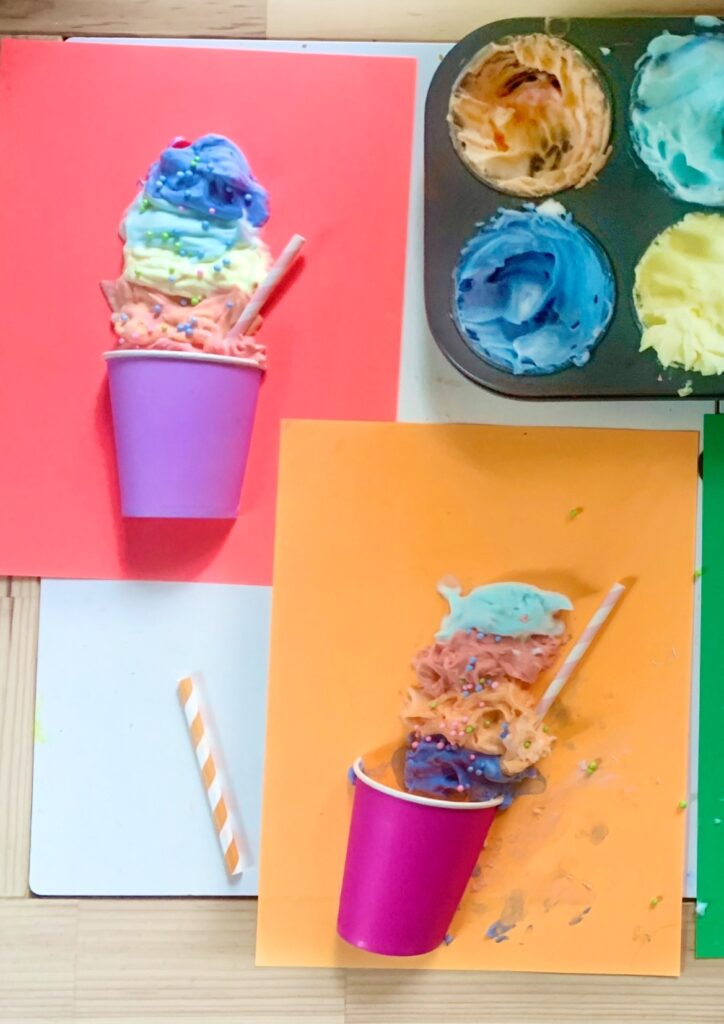
IS PROCESS ART ALWAYS MESSY?
Process Art can often get a little messier, but it doesn't always need to be. Process art can be made with just water on magic paper or with some LESS MESS ART SUPPLIES
Some other tips to keep process art less messy is to create process art outside for easy clean up. Use a drop cloth or waterproof mat in your art making area and wear a smock or art bib.
WHAT MATERIALS DO YOU NEED FOR PROCESS ART?
I think that process art should be a part of any child's art education and should be used in conjunction with traditional discipline-based product art. Older children can enjoy the same benefits as a preschooler but also need to learn about specific techniques and art history.
WHAT FAMOUS ARTISTS MAKE PROCESS ART?
- Jackson Pollack
- Robert Morris
- Jean Arp
- Richard Serra
- Eva Hesse
- Sam Gilliam
WHERE CAN I FIND OTHER RESOURCES ABOUT PROCESS ART?
Check out these books below to learn more about process art:
DID WE MISS A QUESTION?
We want to answer everything you've ever wanted to know about Process Art. If we missed a question in our Guide to Process Art for Preschoolers ask any of your process art questions below in the comment section or let's chat over on Facebook or instagram!

